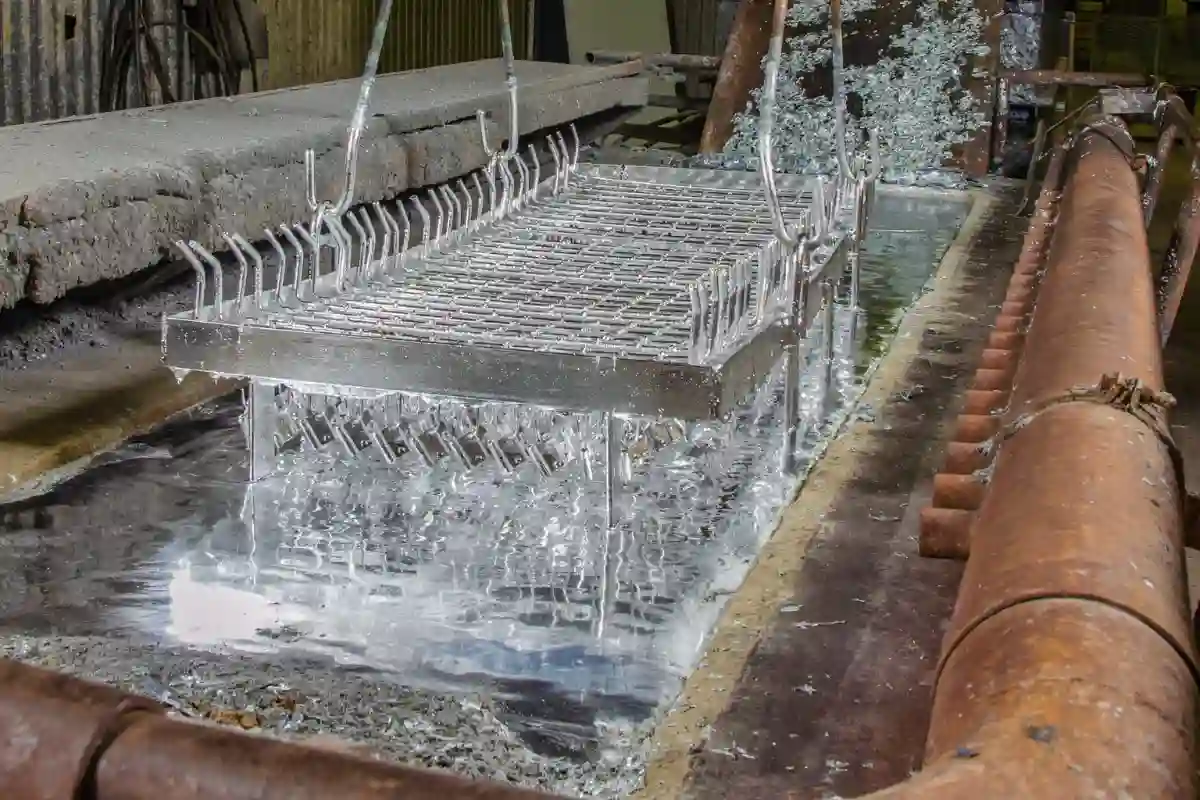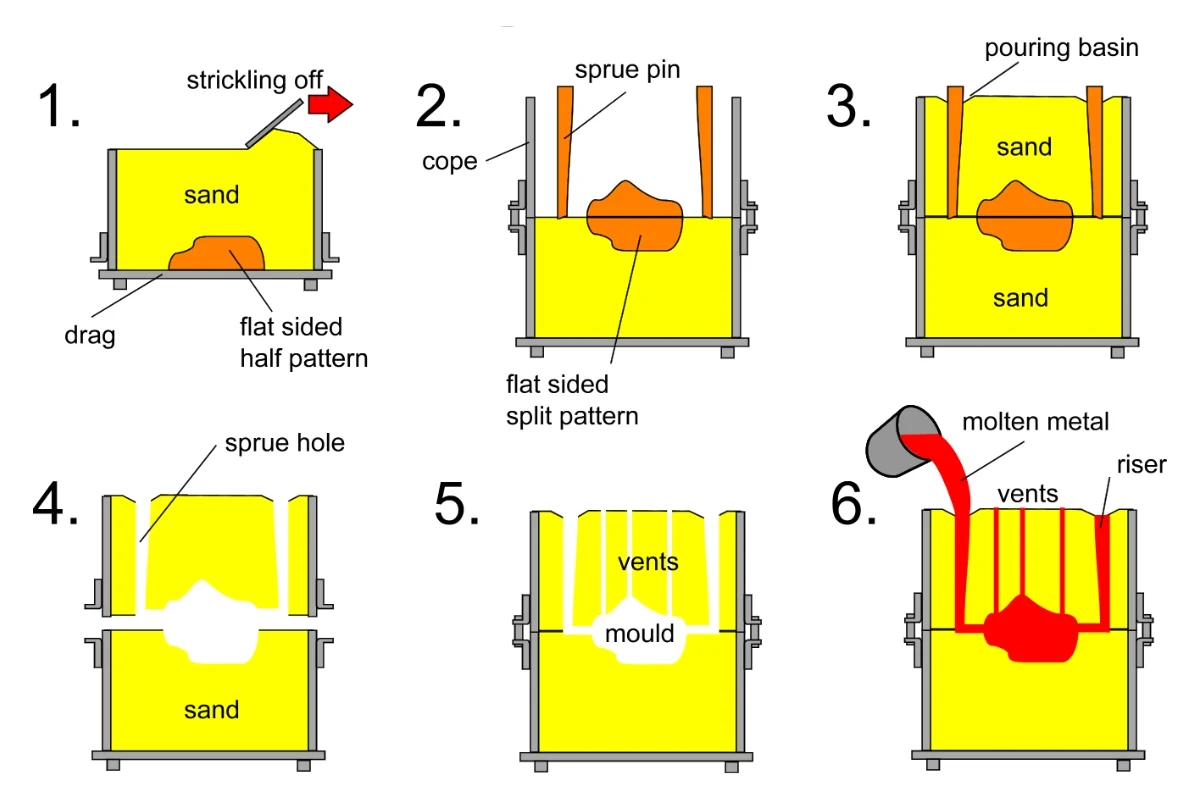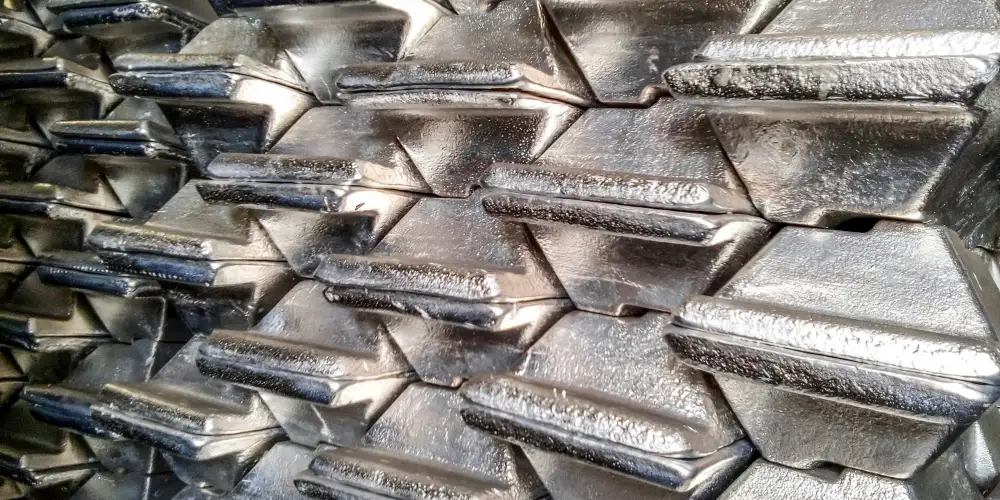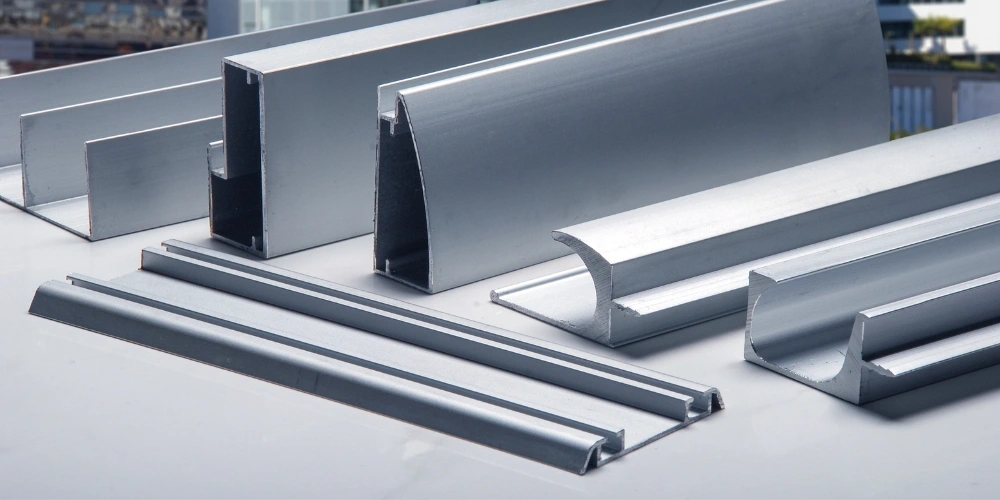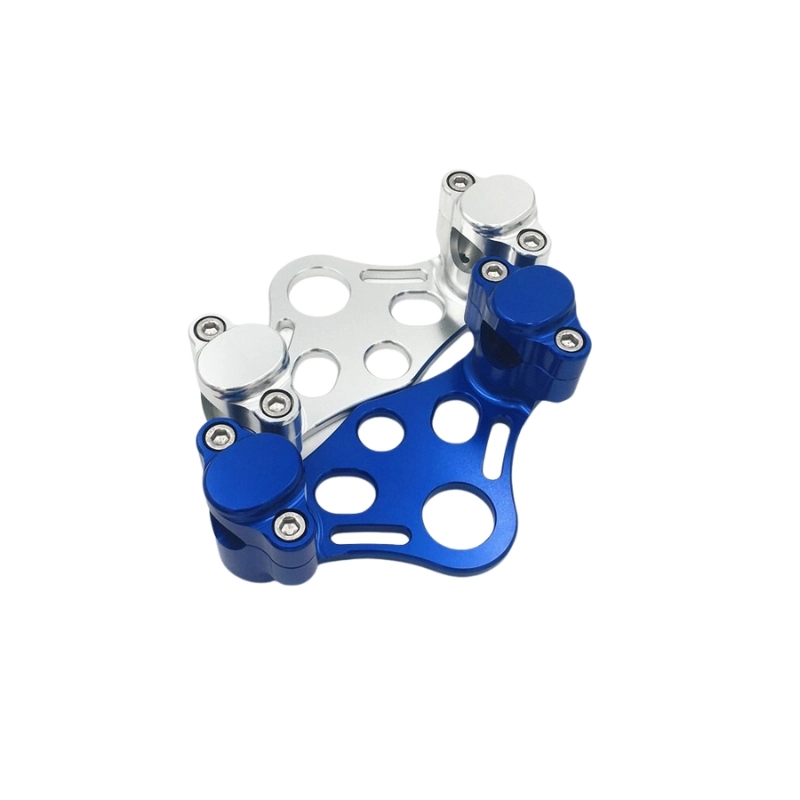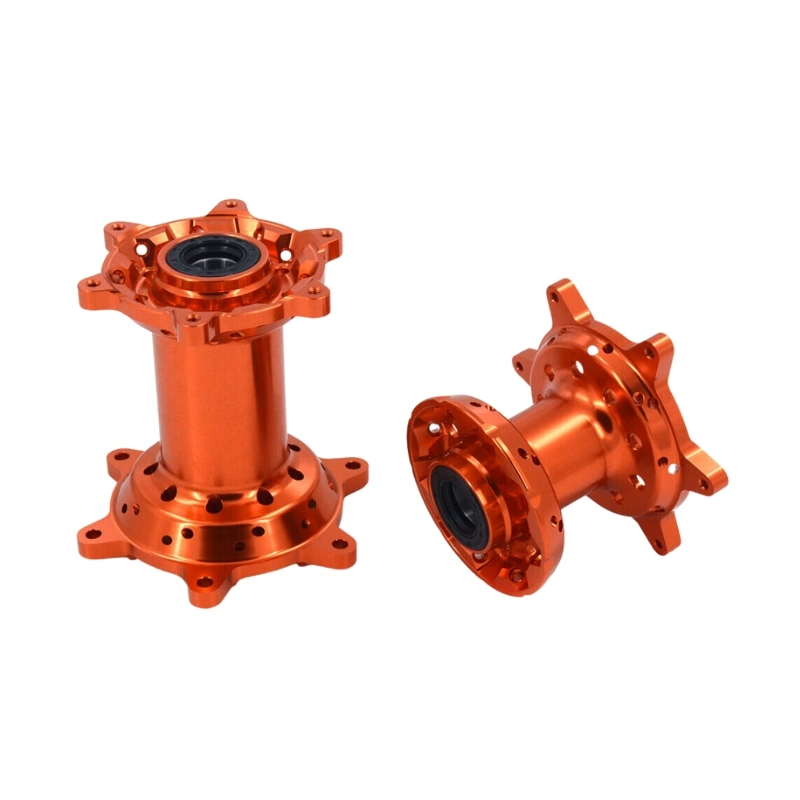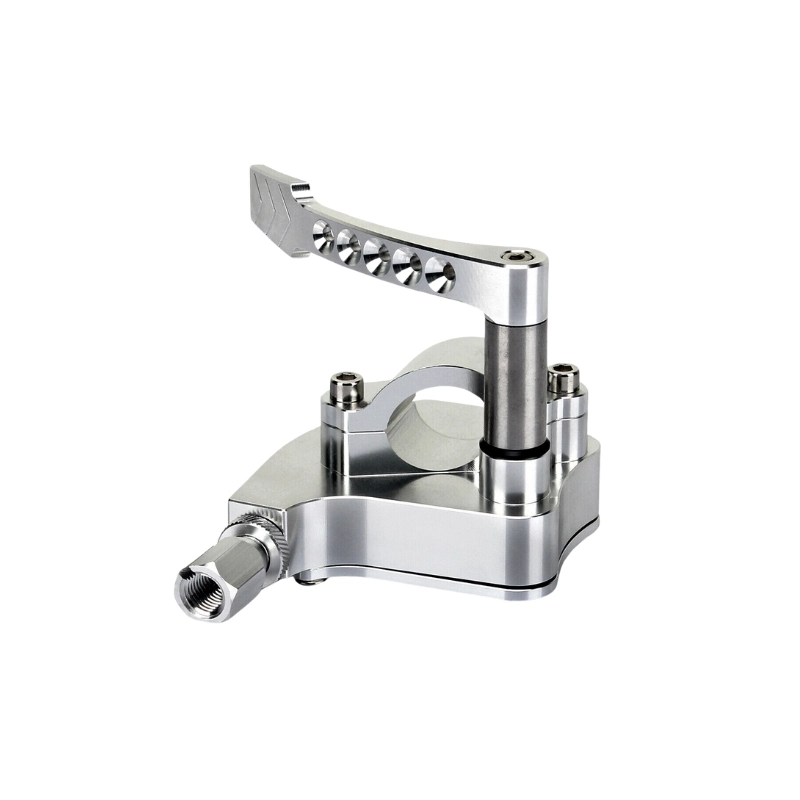- Maison
- Ressourcen
- Bloggen
- Wie wird Aluminium recycelt?
Aluminiumrecycling: Wie wird Aluminium recycelt?
- Von: HDCMFG
Kann man Aluminium recyceln? Und wenn ja, wie funktioniert das? In diesem Blog erklären wir Ihnen gerne den Recyclingprozess von Aluminium.
Wir besprechen, ob Aluminium recycelbar ist oder nicht, wie es funktioniert, ob bestimmte Aluminiumprodukte recycelbar sind und vieles mehr!
Ist Aluminium recycelbar?
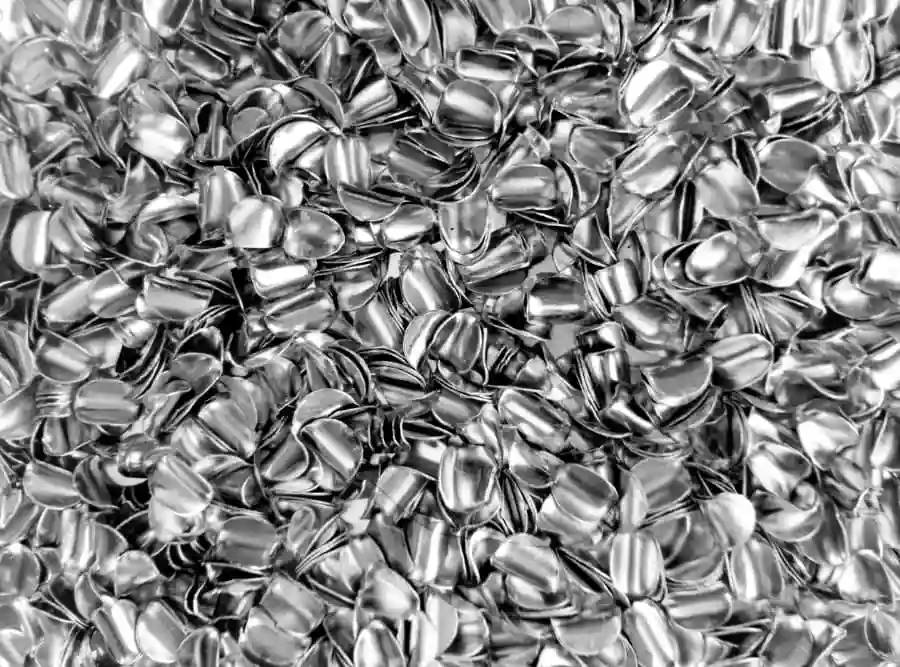

Quelle: Sergeant Scrap
Ja, Aluminium ist zu 100 % recycelbar. Es ist tatsächlich eines der nachhaltigsten Materialien überhaupt. Und falls Sie es nicht wussten: Aluminium ist unendlich recycelbar, das heißt, Sie können es immer wieder recyceln, ohne dass es seine Eigenschaften und Qualitäten verliert.
Das Recycling von Aluminium erfordert deutlich weniger Energie – etwa 95% weniger– im Vergleich zur Herstellung aus Rohstoffen.
Welche Aluminiumgegenstände können recycelt werden?
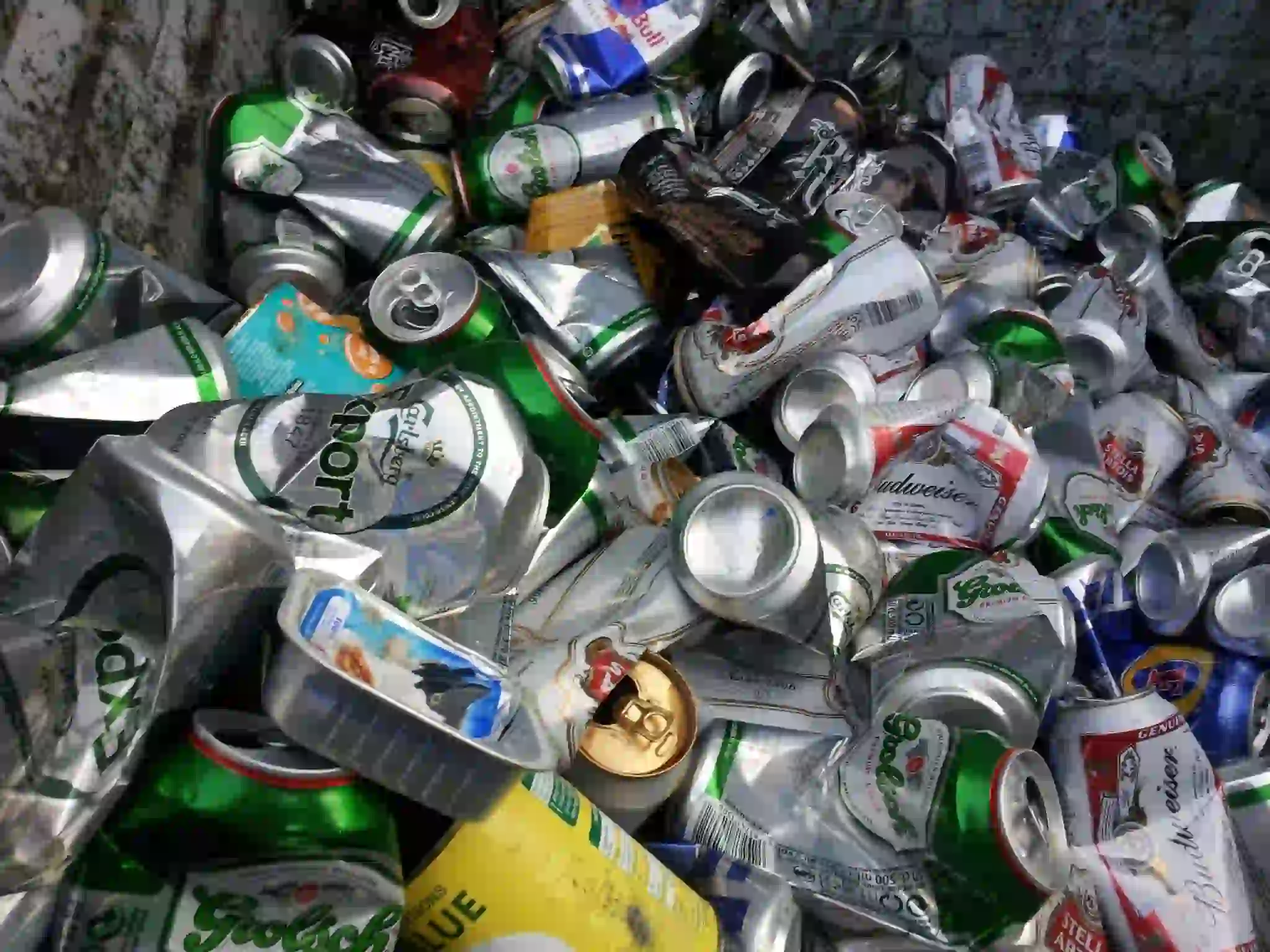

Quelle: Cali Kartfahren
Das erste, woran viele Leute denken, wenn sie Aluminiumrecycling hören, sind Dosen. Neben Aluminiumdosen gibt es auch andere Gegenstände, die Sie recyceln können.
- Getränkedosen: Getränkedosen und Bierdosen werden häufig recycelt und lassen sich leicht verarbeiten.
- Aluminiumfolie: Saubere und trockene Folienblätter können oft recycelt werden, vermeiden Sie jedoch mit Lebensmitteln verunreinigte Stücke.
- Einwegschalen aus Aluminium: Back- und Lebensmittelbleche können, sofern abgespült, in den meisten Bereichen recycelt werden.
- Flaschenverschlüsse: Erkundigen Sie sich bei den örtlichen Einrichtungen, da einige kleine Verschlüsse von Getränken und Gläsern akzeptieren.
- Leere Aerosoldosen: Stellen Sie vor dem Recycling sicher, dass die Dose leer und unbeschädigt ist.
- Kochgeschirr aus Aluminium: Alte Töpfe, Pfannen und Backbleche können recycelt werden, wenn sie aus 100%-Aluminium bestehen.
- Fahrradrahmen: Beschädigte oder nicht mehr benötigte Fahrradrahmen werden häufig auf Metallrecyclinghöfen angenommen.
- Aluminiumverkabelung: Abisolierte oder saubere Kabel können recycelt werden, einige Zentren verlangen jedoch eine Vorsortierung.
- Autoteile aus Aluminium: Räder, Motorkomponenten und andere Teile können oft als Altmetall recycelt werden.
HINWEIS: Dies sind nur einige der wichtigsten Aluminiumgegenstände, die Sie recyceln können. Natürlich gibt es noch weitere Produkte, die Sie reinigen, sortieren und recyceln können.
So recyceln Sie Aluminium: Der richtige Aluminium-Recyclingprozess
Es ist allgemein bekannt, wie effizient das Recycling von Aluminium ist. Aber wie funktioniert das wirklich? Wird es einfach aufbewahrt, wiederverwertet und wiederaufbereitet und dann verwendet?
Unternehmen, die große Mengen Aluminium benötigen, sollten sich mit dem Recycling befassen. Lassen Sie uns also einen tieferen Blick auf die Welt des Aluminiumrecyclings werfen und sehen, ob es für Sie in Frage kommt.
Schritt 1: Sammeln und Anordnen
Das Sammeln wiederverwertbarer Materialien aus Mülltonnen, bei der Abholung am Straßenrand oder an Abgabestellen ist der erste Schritt im Recyclingprozess für Aluminium.
Nach der Übergabe an Rückgewinnungsanlagen oder Müllentsorgungsstationen werden diese Materialien sortiert. Nicht magnetisches Aluminium bleibt übrig, wenn Eisenmetalle mithilfe von Magneten aus der Mischung entfernt werden.
HINWEIS: Dieser erste Schritt stellt tatsächlich sicher, dass Sie die beste und höchste Qualität für Ihre Aluminiumprodukte erhalten.
Schritt 2: Zerkleinern
Nach der Sortierung wird das Aluminium an Wiederaufbereitungsanlagen geschickt, wo es in kleinere Stücke zerkleinert wird.
Dieser Schritt reduziert das Volumen des Materials und erleichtert so die Handhabung und den Transport. Die geringere Größe ermöglicht zudem ein schnelleres und effizienteres Schmelzen in späteren Phasen.
Ihre Größe entspricht tatsächlich der Standard- oder Normalgröße des Produkts oder kommt dieser nahe.
Schritt 3: Reinigung
Nach dem Zerkleinern werden die Aluminiumfragmente einem gründlichen Reinigungsprozess unterzogen. Durch mechanische und chemische Behandlungen werden Schmutz, Farbe, Beschichtungen und andere Verunreinigungen von der Oberfläche entfernt.
Dieser Schritt ist entscheidend, um die Reinheit des recycelten Materials sicherzustellen und es für das Schmelzen und die Wiederaufbereitung vorzubereiten.
Schritt 4: Schmelzen
Mit dem gereinigten Aluminium werden Hochleistungsöfen befüllt, die Temperaturen von über 750 Grad Celsius erreichen.
Unter diesen harten Bedingungen wird das Aluminium geschmolzen, wird flüssig und ist bereit für die weitere Verarbeitung. Obwohl dieser Schritt viel Energie verbraucht, wird Aluminium sehr effektiv recycelt.
Schritt 5: Beseitigung von Nebenprodukten
Beim Schmelzprozess lösen sich auf natürliche Weise Verunreinigungen und Abfallprodukte aus dem geschmolzenen Aluminium. Diese werden mechanisch oder durch Zugabe von Gasen wie Stickstoff und Chlor entfernt.
Dieser Reinigungsprozess garantiert, dass das endgültige Aluminium den Qualitätsanforderungen entspricht.
Schritt 6: Herstellung von Legierungen
Um die Eigenschaften des recycelten Aluminiums zu verbessern, werden der geschmolzenen Mischung bestimmte Metalle wie Kupfer, Zink, Magnesium oder Silizium hinzugefügt.
Der Verwendungszweck von Aluminium, beispielsweise die Herstellung festerer oder korrosionsbeständigerer Materialien, bestimmt die zu verwendende Aluminiumlegierung.
Schritt 7: Gießen und Compoundieren
Und zu guter Letzt gibt es noch die Compoundierung. Gereinigtes geschmolzenes Aluminium wird in Formen gegossen, um Barren oder Stäbe zu formen.
Diese festen Formen sind kompakt und lassen sich leicht zu Produktionsstätten transportieren, wo sie für die Herstellung verschiedener neuer Produkte wie Dosen, Autoteile oder Baumaterialien weiterverarbeitet werden können.
Das ist alles! Der Prozess des Aluminiumrecyclings ist nicht so kompliziert, wie Sie dachten, oder? Es ist ein unkomplizierter und hocheffizienter Prozess, dessen Vorteile sich mit der Zeit steigern.
Warum Aluminium recyceln?
Das Recycling von Aluminium ist nicht nur gut für die Umwelt, es ist auch eine insgesamt positive Aktivität, die Unternehmen und Organisationen mit zahlreichen Vorteilen verbindet.
Spart Energie und Ressourcen
Durch Aluminiumrecycling lässt sich die zur Herstellung von neuem Aluminium benötigte Energie um 901 bis 951 TP3T effizienter nutzen.
Es reduziert die Abhängigkeit vom Bergbau, spart fossile Brennstoffe und trägt so zu einer nachhaltigeren Zukunft bei.
Reduziert Mülldeponien
Verbraucher kaufen etwa 200 Milliarden Aluminiumdosen jährlich. Millionen von Aluminiumdosen landen jedes Jahr auf Mülldeponien und nehmen wertvollen Platz für anderen Abfall ein.
Durch Recycling wird die Anhäufung von Abfällen verhindert, die Umweltverschmutzung auf Mülldeponien verringert und der Bedarf an zusätzlicher Infrastruktur für die Abfallbewirtschaftung verringert.
Minimiert Umweltschäden
Die Produktion von Aluminium aus Rohstoffen schädigt Ökosysteme und erzeugt Treibhausgase. Recycling vermeidet Bergbau und reduziert Emissionen und schützt so die Umwelt.
Unterstützt lokale Wirtschaften und Gemeinschaften
Die Aluminiumrecyclingindustrie schafft Arbeitsplätze und zahlt jährlich fast eine Milliarde Dollar für recycelte Dosen.
Mit diesen Einnahmen werden häufig Gemeinschaftsprogramme, Schulen und Wohltätigkeitsorganisationen durch Spendensammlungen und Initiativen unterstützt.
Begrenzt die Treibhausgasemissionen
Durch das Recycling von Aluminium werden die Emissionen im Vergleich zur Produktion aus Rohstoffen drastisch gesenkt. Dies trägt zum Kampf gegen den Klimawandel bei und reduziert smogbildende Schadstoffe.
Fördert die unendliche Wiederverwendbarkeit
Aluminium kann ohne Qualitätsverlust endlos recycelt werden. Das macht es zu einem äußerst nachhaltigen und wertvollen Material.
All dies und mehr sind die Hauptgründe, warum wir das Recycling von Aluminium ernsthafter angehen müssen. Natürlich gibt es noch weitere Gründe, und diese Gründe werden jeden Tag mehr, je mehr wir für richtig halten.
Kann man Aluminiumfolie recyceln?
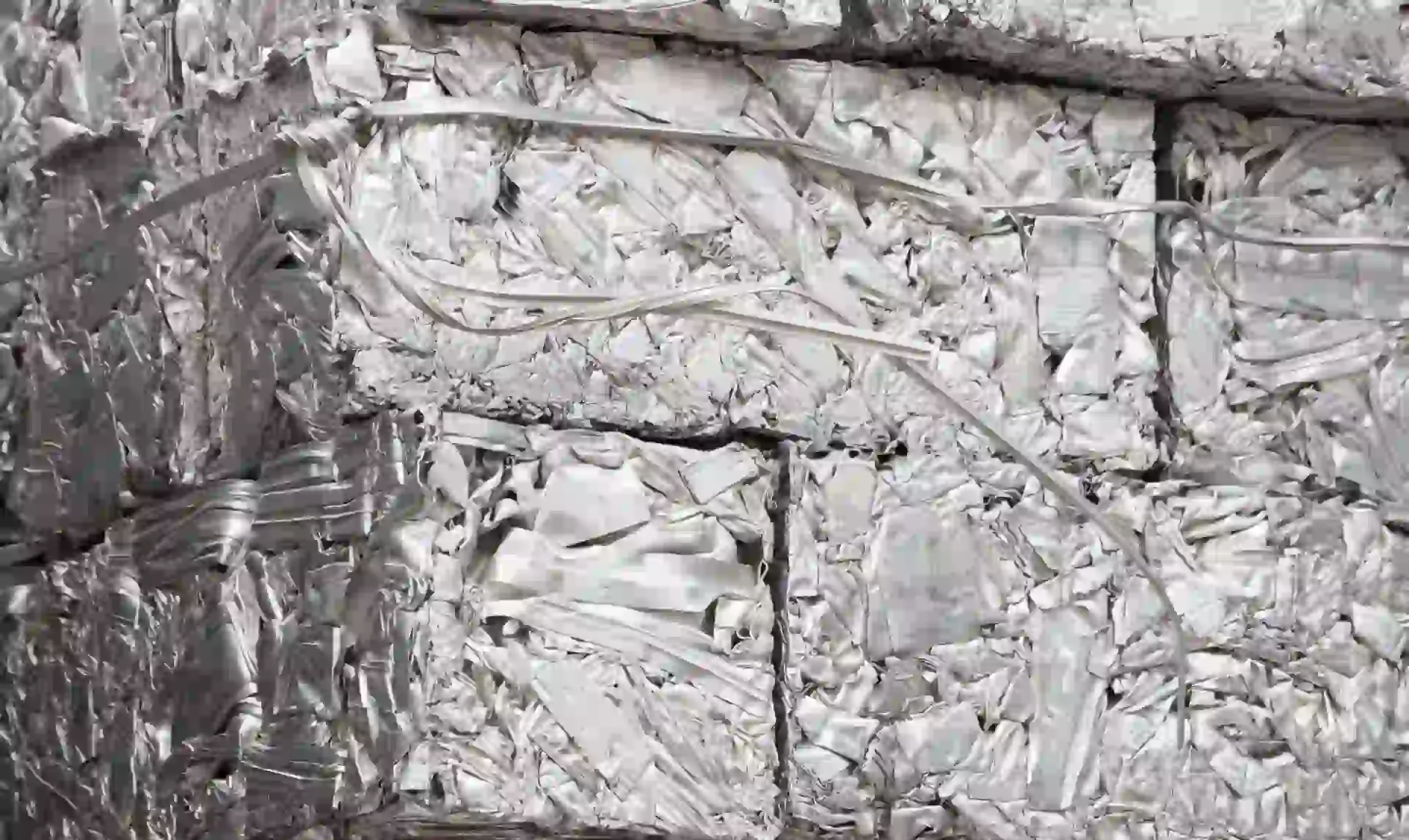

Quelle: Millennium Alloys CA
Ja, wie jedes andere Aluminiumteil oder -bauteil können Sie Aluminiumfolie recyceln und wiederverwenden. Der Prozess ist im Wesentlichen derselbe wie beim Recycling typischer Aluminiumprodukte.
Es wird sortiert, gereinigt, geschreddert oder zerkleinert und anschließend an Recyclinghöfe und -partner gesendet.
Wenn Sie einen detaillierteren Prozess wünschen, Erde911 bietet eine umfassende Anleitung zum ordnungsgemäßen Recycling von Aluminiumfolie.
Wissenswertes zum Recycling von Aluminium
Wir könnten ein ganzes Buch füllen, indem wir nur darüber diskutieren, warum es wichtig ist. Deshalb haben wir einige der besten und interessantesten Fakten zum Recycling von Aluminium zusammengestellt:
- Eine heute recycelte Aluminiumdose kann innerhalb von nur 60 Tage.
- Etwa 75% aller jemals produzierten Aluminiumteileist dank Recycling auch heute noch im Einsatz.
- In den Vereinigten Staaten 123.097 Aluminiumdosenwerden jede Minute recycelt.
- Die Aluminiumindustrie zahlt fast $1 Milliarden jährlichfür recycelte Dosen und unterstützt so die lokale Wirtschaft.
- Eine Tonne Aluminium spart ca. 27.000 Meilen(bei den Emissionen).
HINWEIS: Diese interessanten Fakten helfen Ihnen, die Bedeutung des Aluminiumrecyclings besser zu verstehen. Viele Leute denken, dass es kein großes Problem ist, aber in Wirklichkeit verlieren wir viel mehr, als wir gewinnen, wenn wir Aluminium nicht recyceln.
Ist das Recycling von Aluminium rentabel?
In den meisten Fällen kann Aluminiumrecycling ein profitables Unterfangen sein. Es ist derzeit ein Bereich, in dem die Nachfrage hoch ist und der Prozess kostengünstig ist.
Darüber hinaus ist die Herstellung von Aluminium (Gewinnung aus Erz, Verarbeitung und eine Reihe von Qualitätsprüfungen) teuer, nicht umweltfreundlich und verbraucht Energie.
Unabhängig davon, ob Sie einfach bearbeitetes Aluminium, eloxiertes Aluminium, lackiertes Aluminium oder sogar komplexe Aluminiumteile recyceln möchten, ist das Recycling aller Teile rentabel.
Ob profitabel oder nicht, Sie wissen jetzt, wie wichtig Aluminiumrecycling ist. Es spart nicht nur Geld, sondern auch viel Energie, hilft bei der Bekämpfung der Umweltverschmutzung und ermöglicht bessere Platzverhältnisse für Mülldeponien.
HDC als Chinas #1-Aluminiumhersteller
Hier bei HDC kümmern wir uns nicht nur um unser Geschäft – uns liegen auch die Umwelt und Nachhaltigkeit am Herzen.
Entgegen der landläufigen Meinung stellen wir nicht nur neues Aluminium her, sondern unterstützen auch Befürworter der Wiederverwendung und des Recycling von Aluminium.
Ausgestattet mit den richtigen Werkzeugen und Technologien können Sie auf uns zählen, wenn Sie erstklassiges, hochwertiges Aluminium benötigen. Ob Sie Rohaluminium oder aluminium autoteile, Fertigungsteileoder Komponenten für Transport, wir haben dich!
Als bester Aluminiumhersteller, der auch Wert auf Recycling legt, können wir Ihnen versichern, dass alles, was wir tun, Ihrem Unternehmen und unserer Welt zugutekommt.
Kontaktieren Sie uns noch heute und wir erstellen Ihnen einen kostenlosen Kostenvoranschlag für das, was Sie suchen! Wenn Sie Fragen haben, können Sie sich jederzeit an uns wenden! Unser engagiertes Team von Kundendienstexperten hilft Ihnen gerne weiter!
Entdecken Sie mehr mit unseren Blogbeiträgen.
kürzliche Posts
Erfahren Sie mehr über unsere Produkte.
Verwandte Produkte
Sofortiges Angebot!

